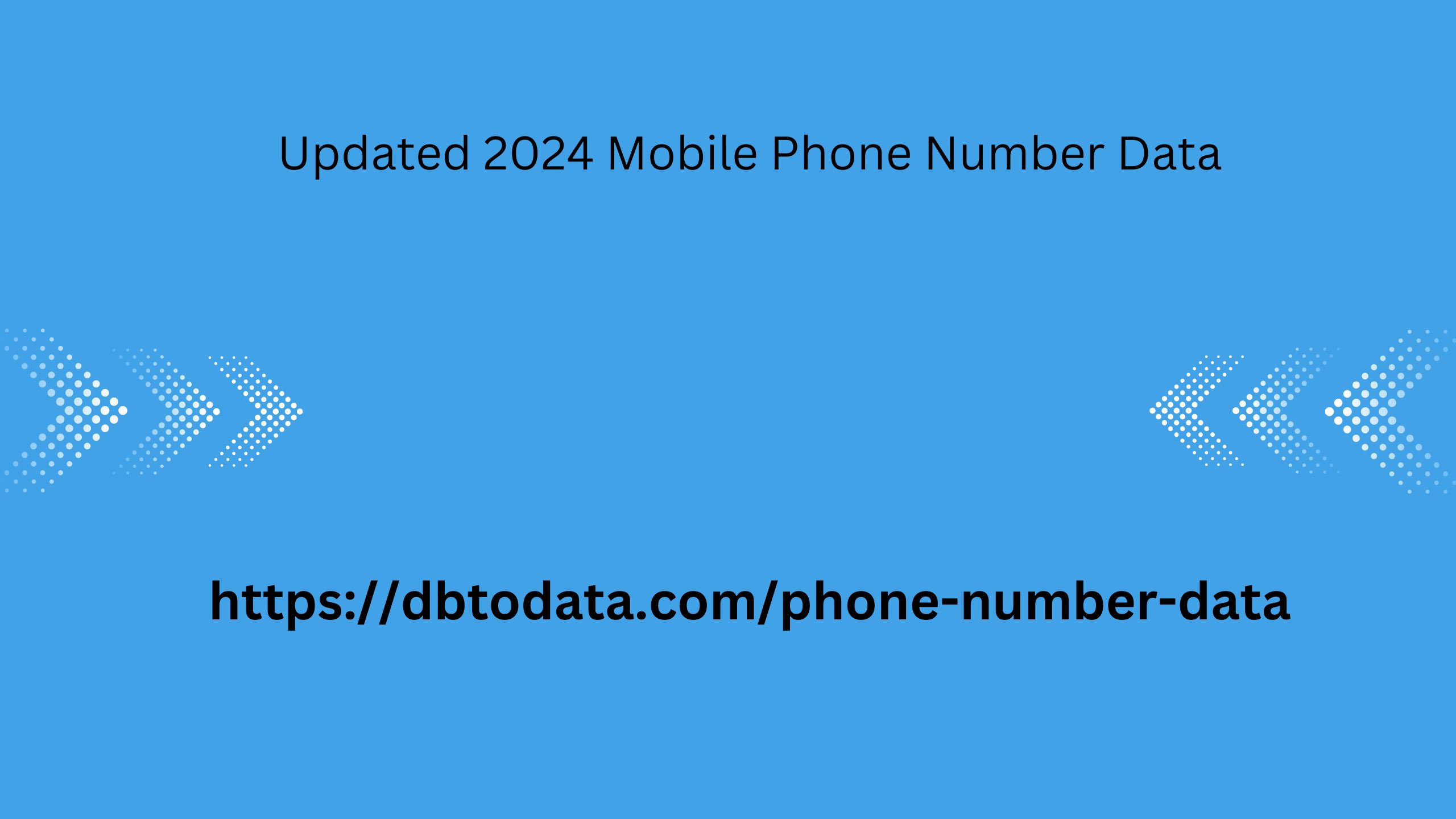On March 26, Google announced the release of trigger groups in Google Tag Manager. Trigger groups allow you to activate multiple triggers before firing a tag. This update expands the capabilities of a powerful platform used by marketers to configure user activity tracking on projects.
Setting up a trigger group
In this article, we’ll explain how to set up trigger belgium phone number data groups and offer three practical solutions for using them in Google Tag Manager.
You will now see a window with all available triggers. If you need to create a new trigger, click the plus symbol in the upper right corner to go directly to the trigger creation process. After adding one trigger, click the plus symbol in the triggers section to add one or more.
Using trigger groups
Some sites are designed so that all forms the goal is to improve positions in search results lead users to thank you pages, regardless of which landing page the user came from. In an ideal scenario, you should create unique thank you pages for each form. However, there are often limitations preventing you from getting the information you need, either through content management systems (CMS) or in the absence of developer support.
User engagement tracking
Trigger groups open new possibilities for adb directory tracking users based on multiple points of interaction with the site. For example, you can host a video on the site, say from. YouTube, or you want to track the reading time of your articles. To track user action and engagement, you can create a YouTube trigger for users who have watched an embedded video and a page scroll trigger for users who have scrolled through most of the content on the page. For example, triggers were created to track the interest of users who watched 90% of the video and scrolled 75% of the page vertically, i.e. down.
You can now use this trigger group to fire a tag when the user completes both actions. The tag can trigger an event in Google Analytics. Which can then be used to create a remarketing audience. Or you can run a Facebook Ads event to build your audience on that platform.

